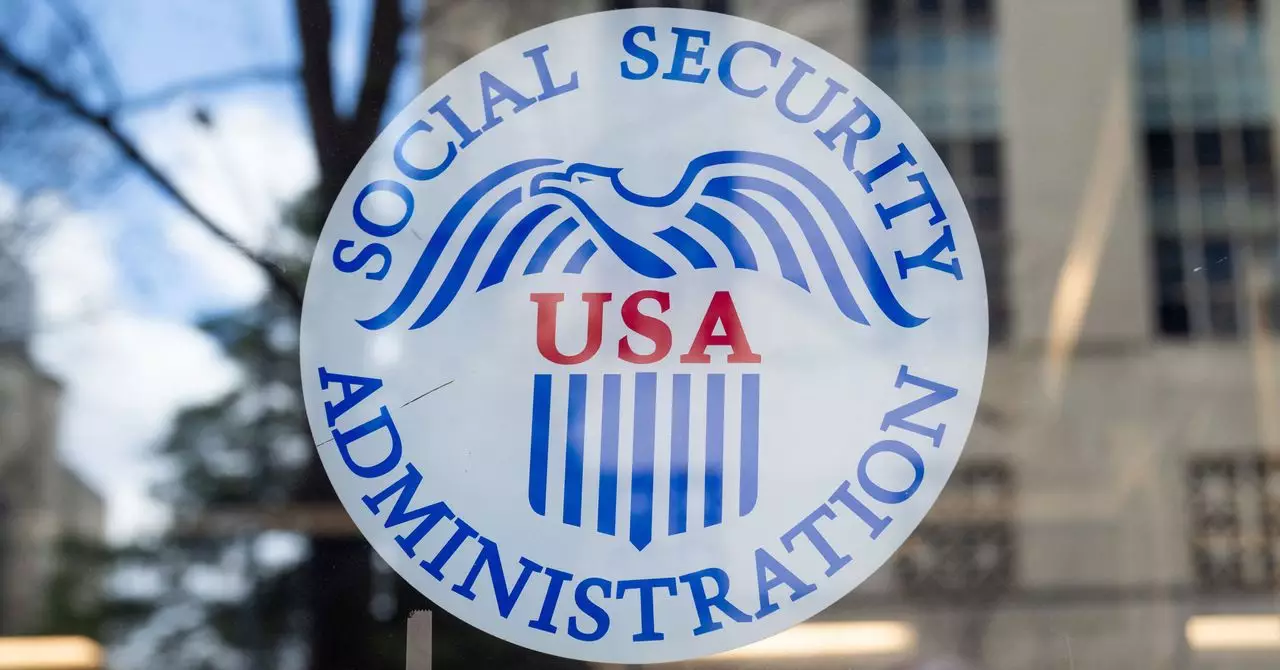The Social Security Administration (SSA) is embroiled in a technological conundrum that exemplifies a blend of history’s legacy and contemporary necessity: the extensive use of COBOL programming language. Designed in the 1950s, COBOL has become a cornerstone of important government functionalities, such as issuing social security numbers, managing payments, and directing entitlements for millions of beneficiaries. The reliance on this vintage code presents a formidable challenge; changes, even seemingly minor ones, could lead to a delicate system rocking on the precipice of chaos. According to Dan Hon, a technology strategy consultant, the risks associated with this legacy code are startling—an incorrect alteration could dramatically affect the lives of countless citizens, compromising the very services that the SSA is intended to provide.
The complications grow more profound when considering the workforce. Rumors of a cohort of young, inexperienced engineers, referred to as DOGE operatives, entering into the SSA’s complex workings raise eyebrows. These recruits are reportedly tasked with modernizing identification processes for beneficiaries—a setup fraught with peril in a legacy system that is anything but straightforward. The potential for errors in a system already marked by inefficiency and mismanagement looms large. As these budding engineers plunge into their roles, it raises an essential question: Can they juggle revolutionary progress while effectively managing the well-being of existing beneficiaries?
Challenges of Modernization
Transitioning from a COBOL-based environment to a more modern programming framework signifies more than just a technical upgrade; it embodies a transformation in governance and public service delivery. The impending migration is not just a routine update—it is an urgent invocation of change aimed at mitigating fraud and ensuring payments accurately reach individuals who require such support. There exists a discernible tension between introducing fresh, innovative methodologies and safeguarding stability in a system teetering on the edge of collapse.
While there have been discussions about employing generative artificial intelligence to facilitate this transition, the idea isn’t without skepticism. Experts warn that complex coding paradigms need rigorous testing to validate outputs and functionality. Failure to replicate the pre-existing system’s reliability could result in misunderstanding and mismanagement that would reverberate throughout the agency. As one SSA technologist keenly pointed out, attempting to overhaul a structure held together by “bail wire and duct tape” may be a precarious endeavor.
The Cost of Delay
Interestingly, the timetable for this ambitious migration remains ambiguous. Recent reports highlight the immediate SSA priorities, which astonishingly do not specify the migration process. Instead, they focus on non-essential contract terminations and an exploration into the employment of AI for administrative tasks. Such decisions could appear shortsighted given the pressing need to modernize the technology underpinning the agency’s core functions.
Moreover, courtroom battles surrounding access to SSA’s systems for the DOGE operatives suggest a troubling bureaucratic stalemate. As the agency pushes for reform, contradictory efforts only serve to stall progress. The failure to prioritize this migration could permanently impair the SSA’s ability to serve its beneficiaries effectively.
Hope Amidst Uncertainty
Despite these challenges, there remains a tantalizing glimmer of hope. The undertaking of the “Are You Alive Project” aims to eliminate improper payments and fraud, showcasing a commitment to accountability within this aging institution. This initiative represents not only a response to immediate concerns about misplaced funds but also an acknowledgment that modernization is absolutely necessary for the SSA to remain relevant.
In contemplating the future of the Social Security Administration, it is paramount to recognize that modernization is not just a technical necessity but a moral imperative. The digital age demands organizations to think beyond their legacy structures toward platforms that ensure efficiency, accuracy, and transparency. As the SSA continues to grapple with its past, one can only hope that the benefits of progress will outshine its inherent risks. In the right hands, the challenges posed by outdated systems could lead to an opportunity for meaningful reform.


Leave a Reply